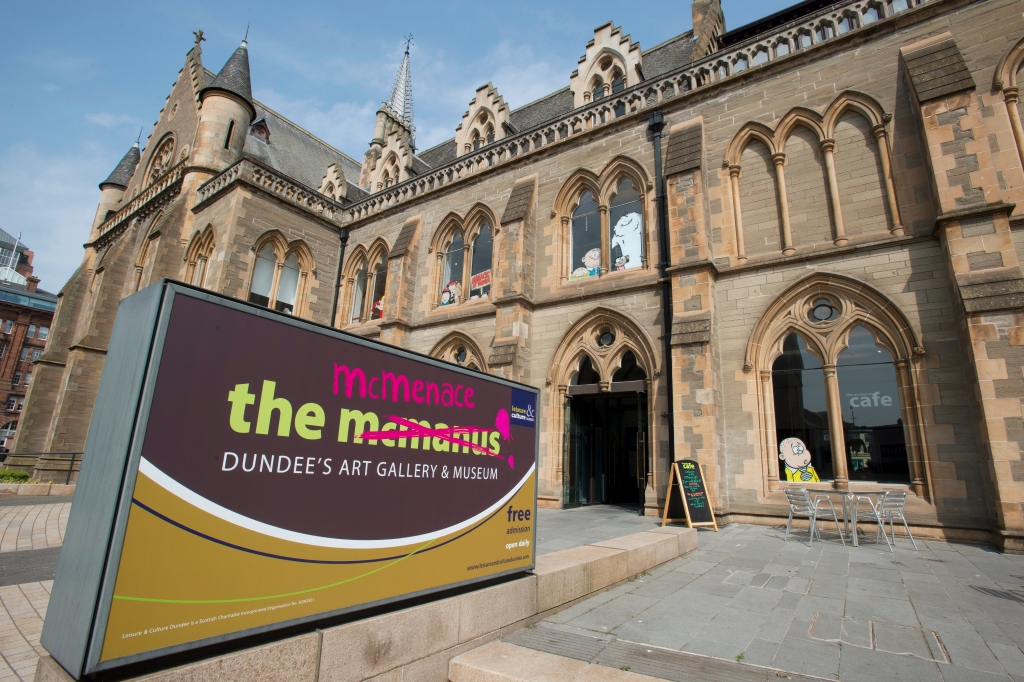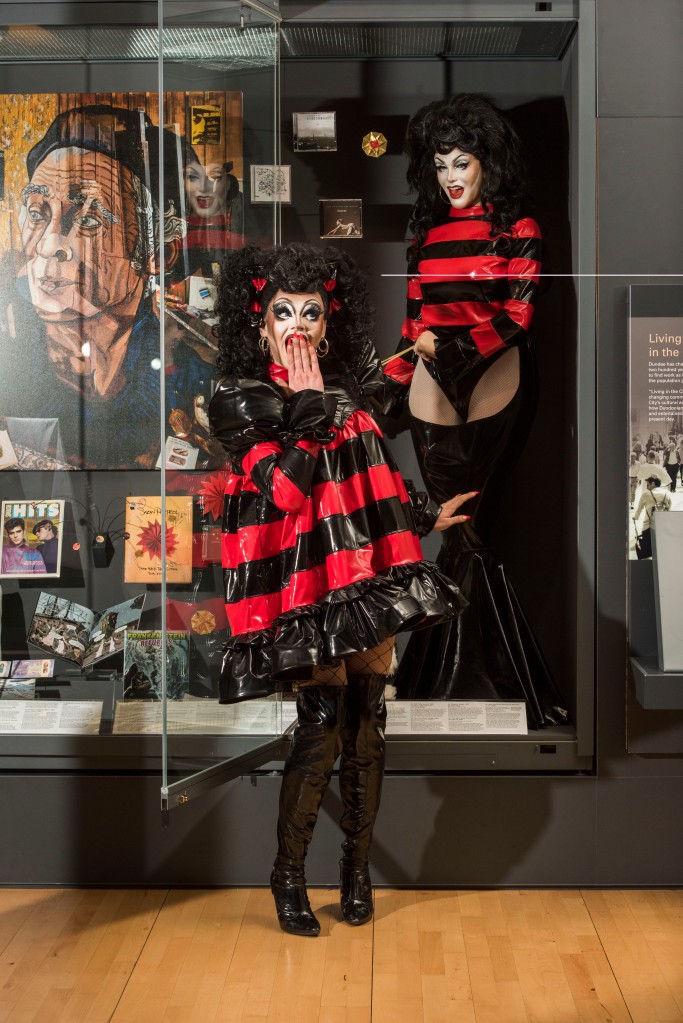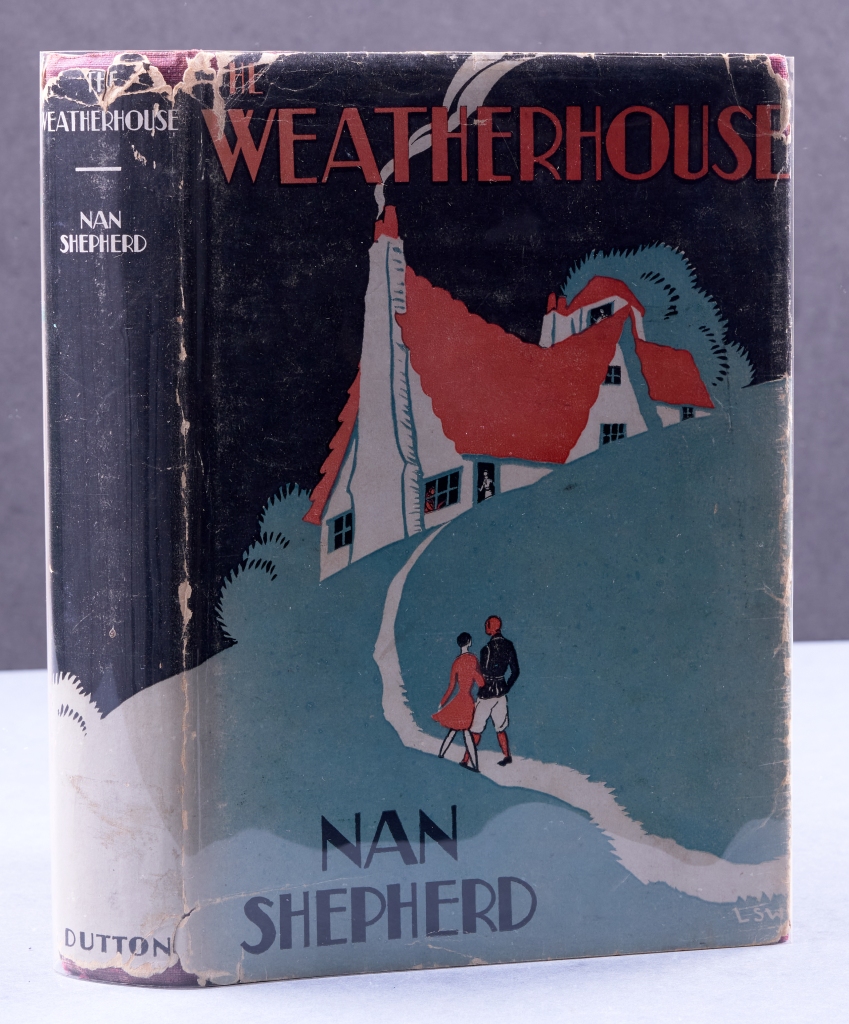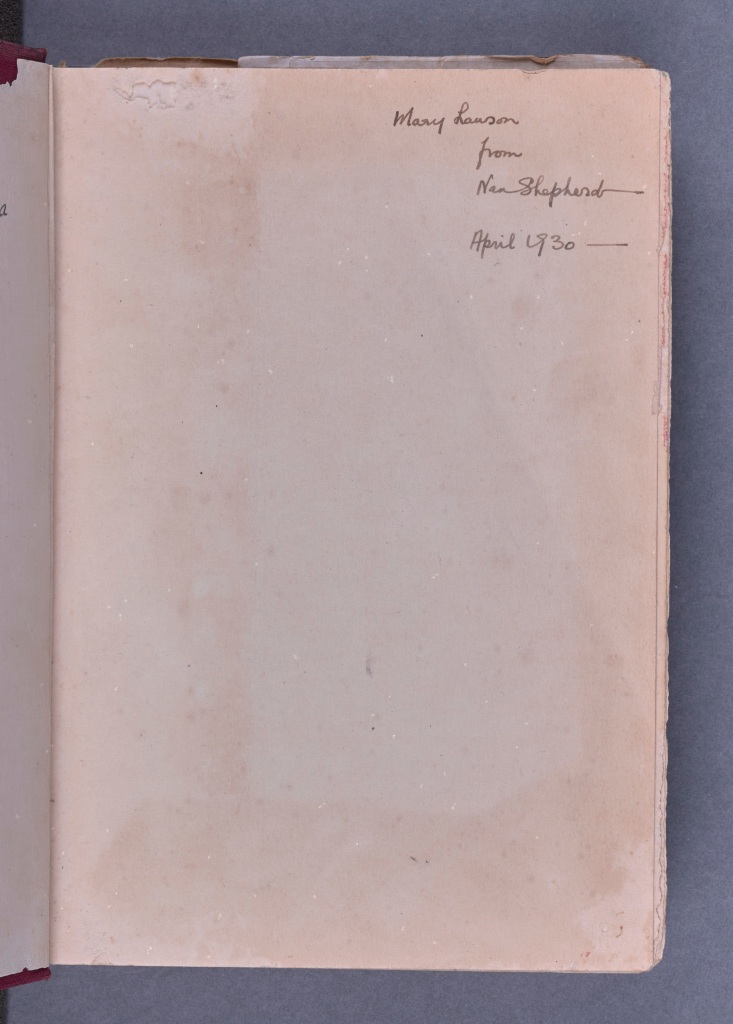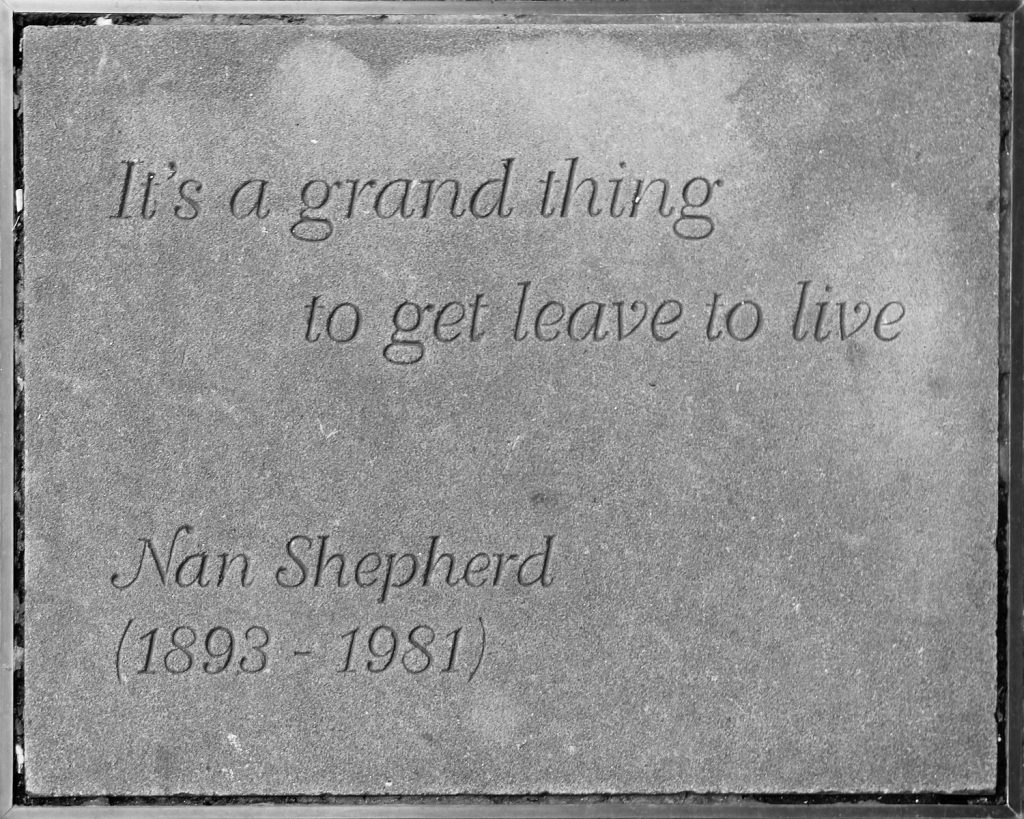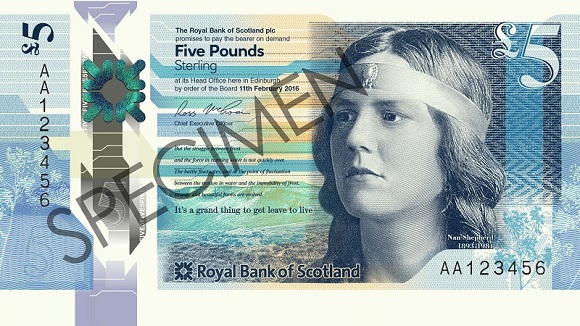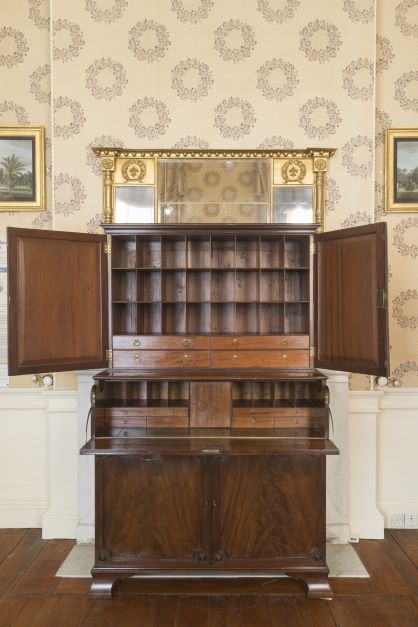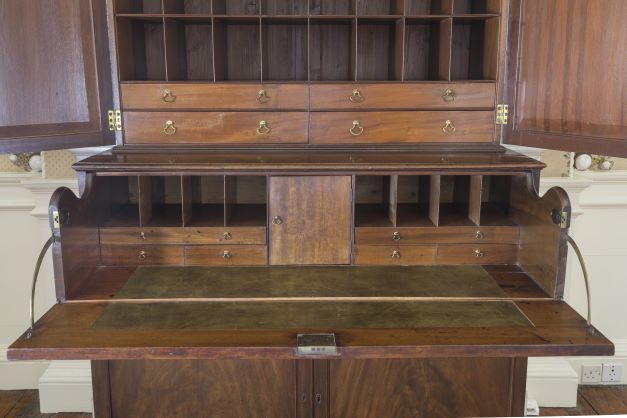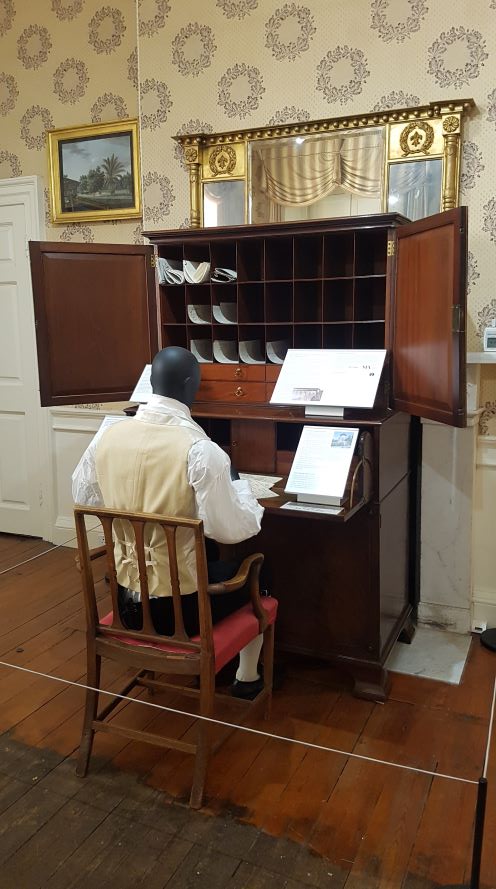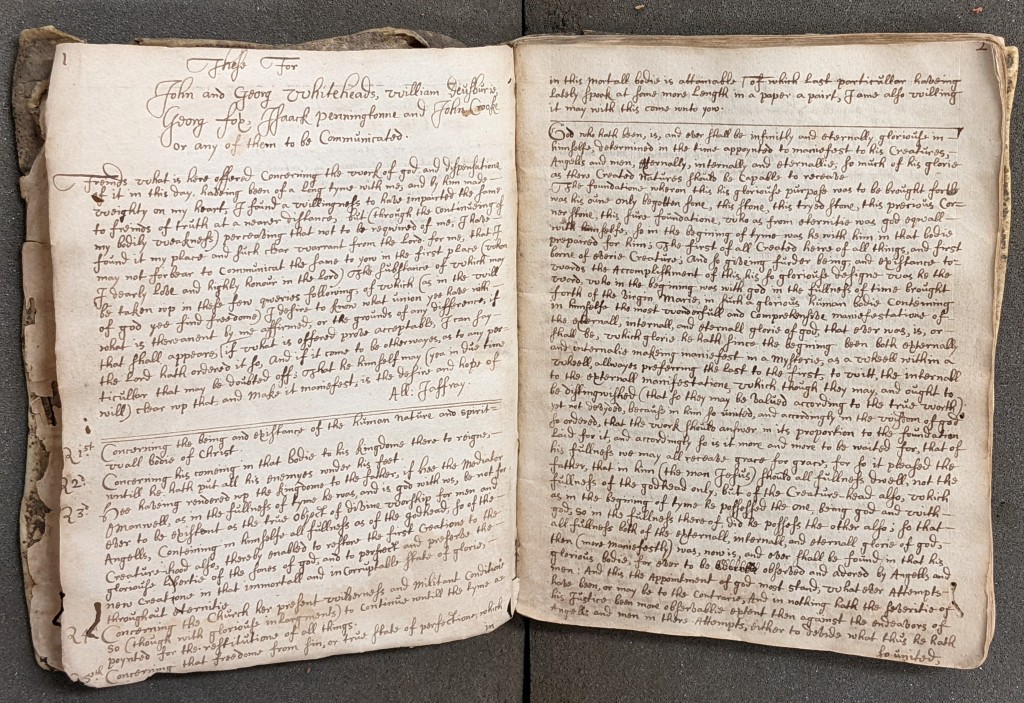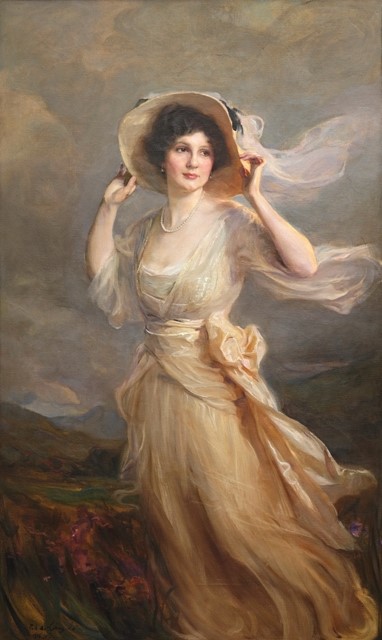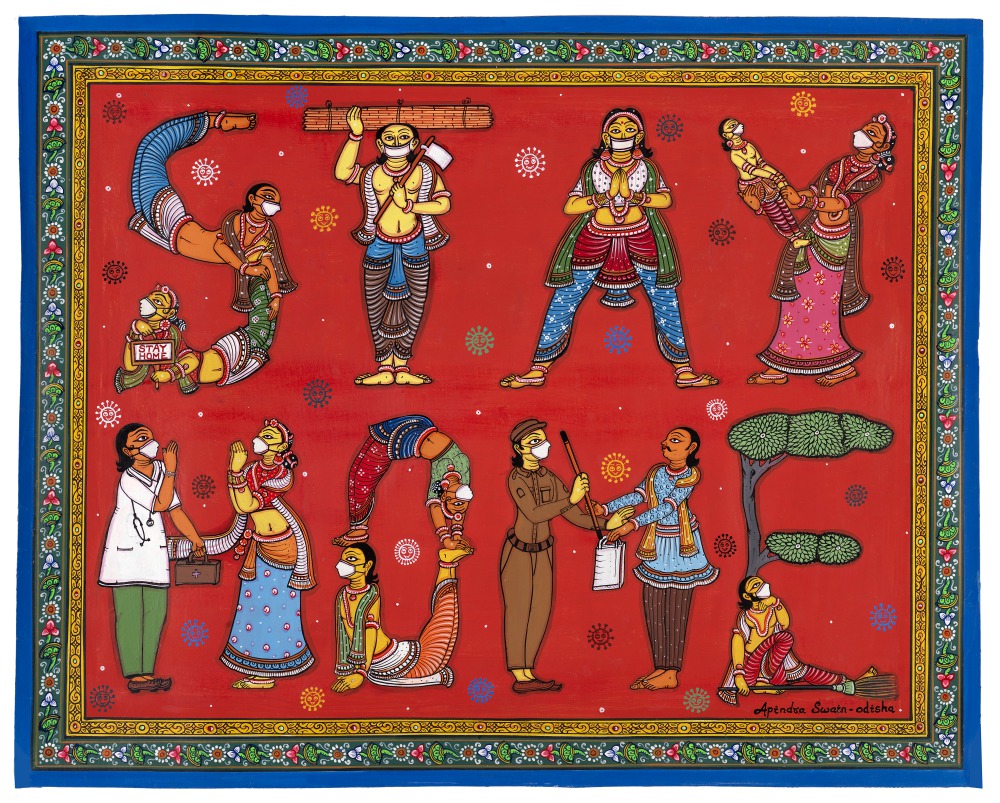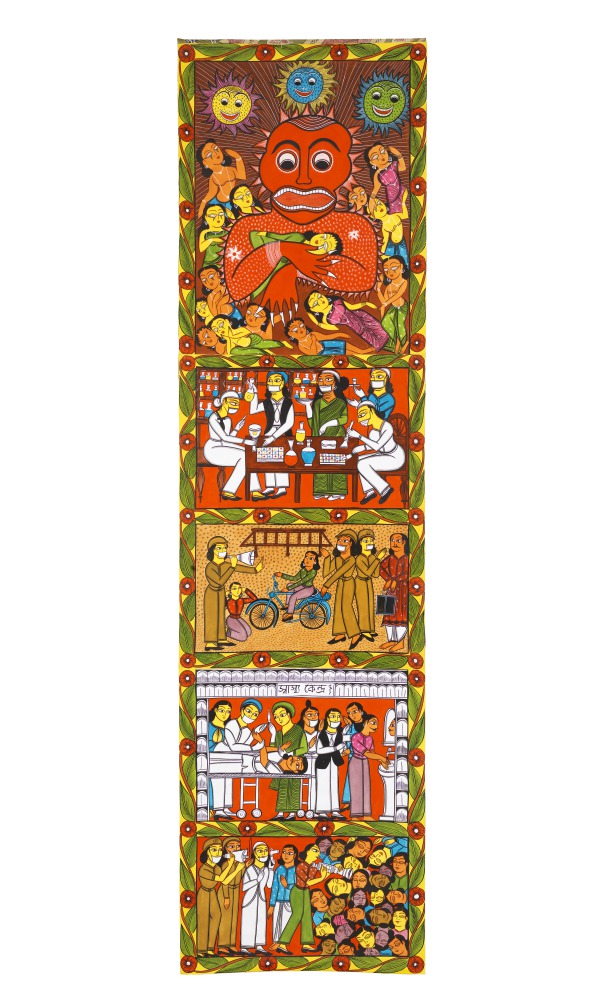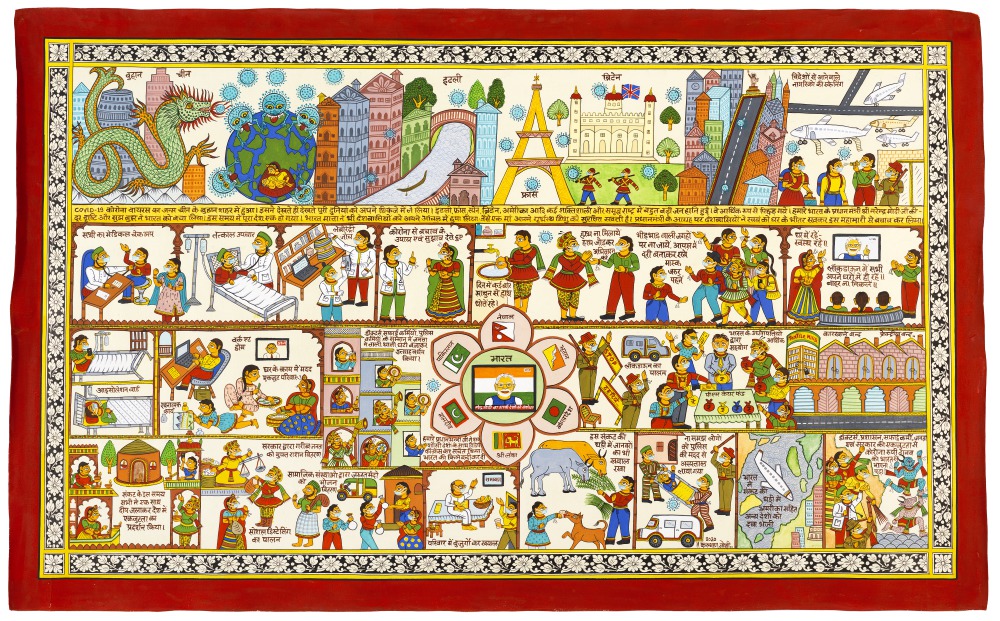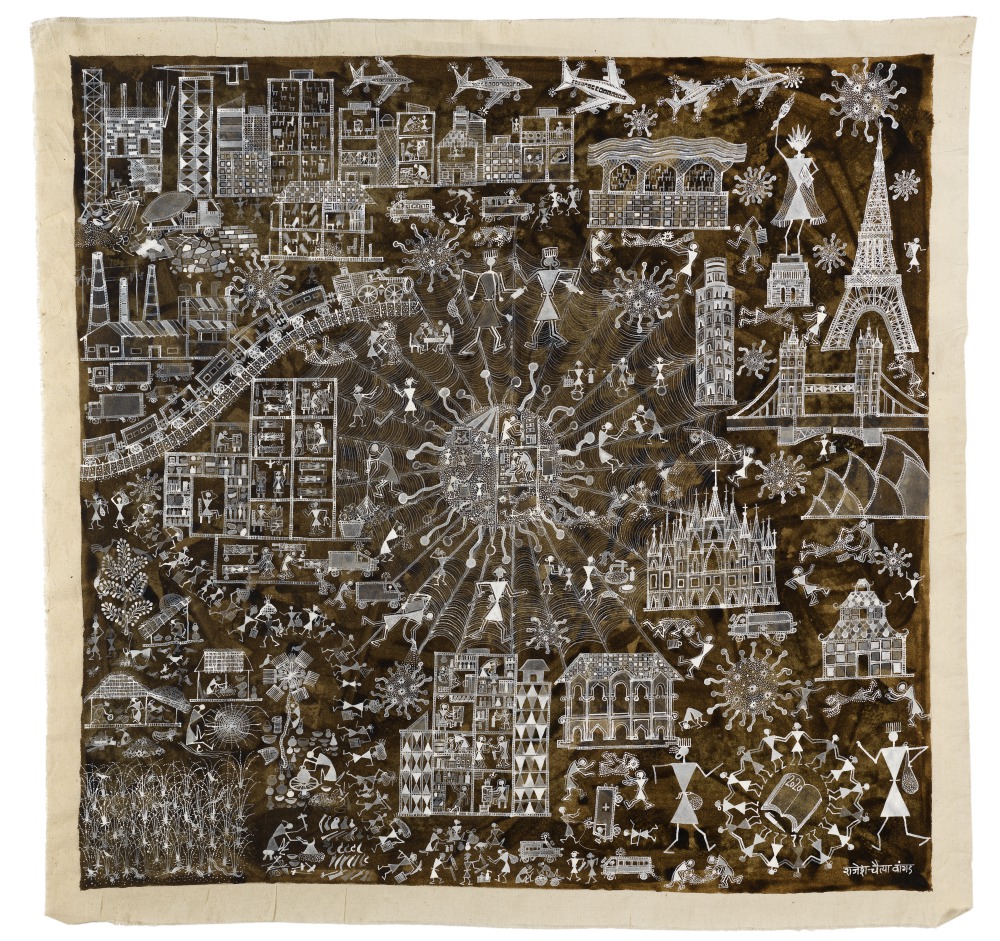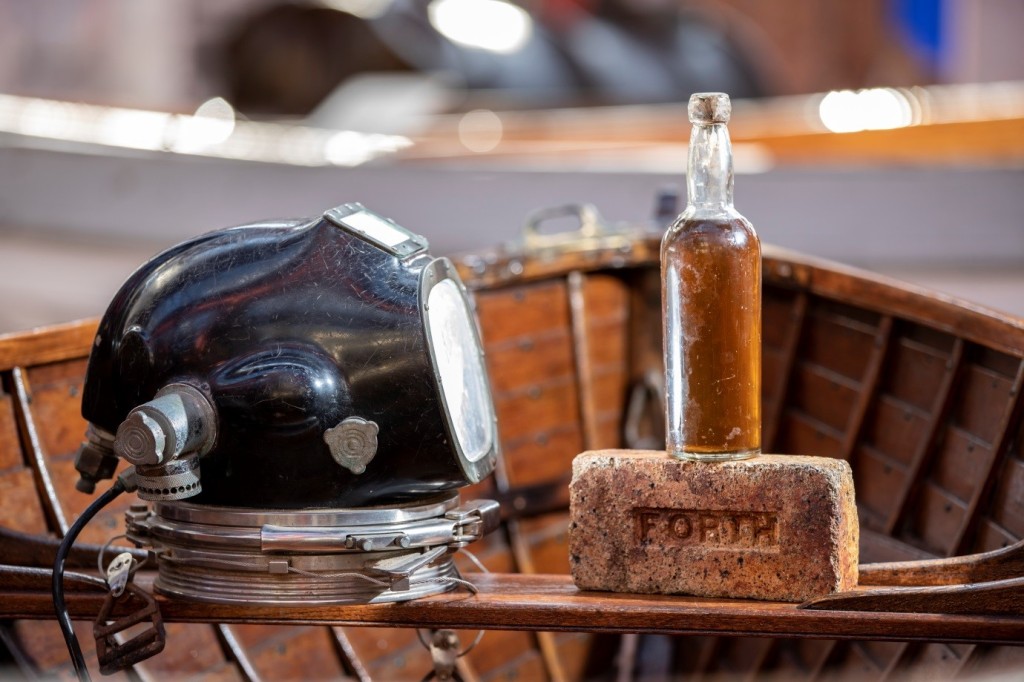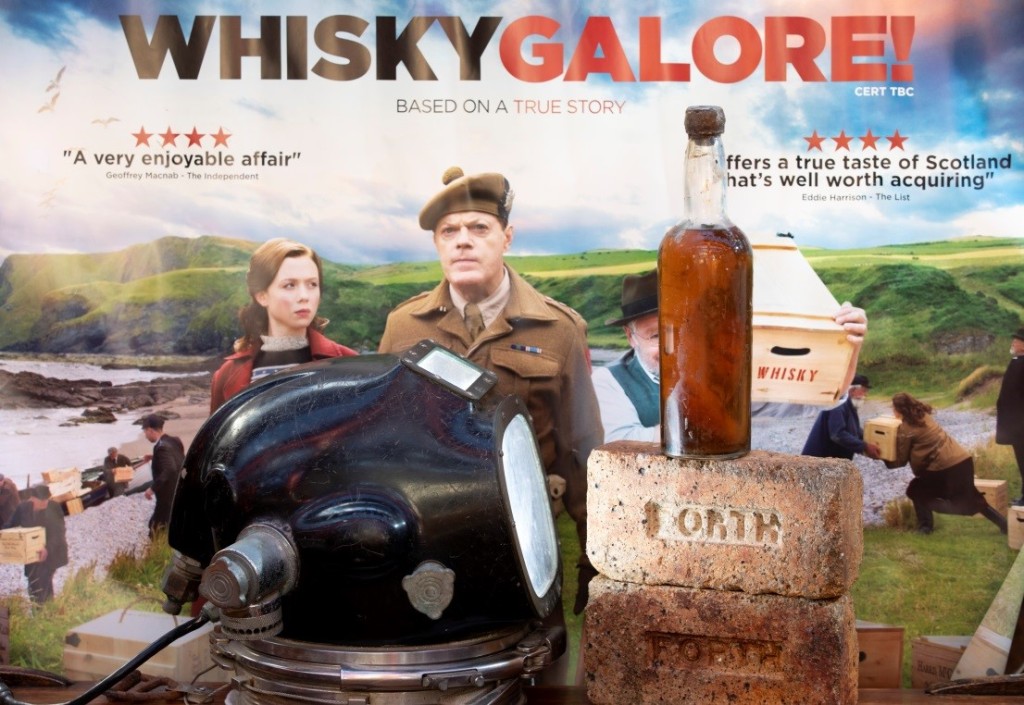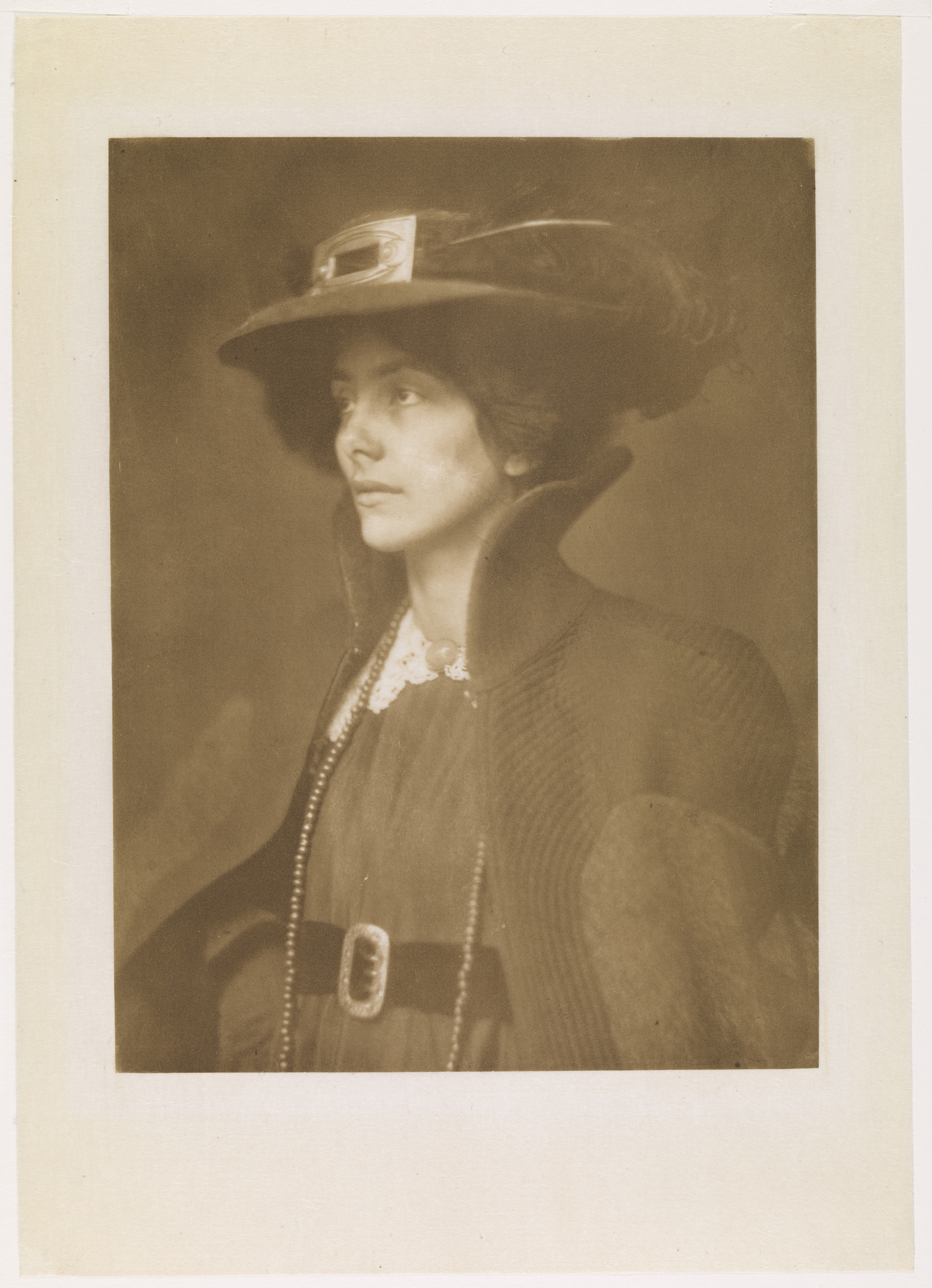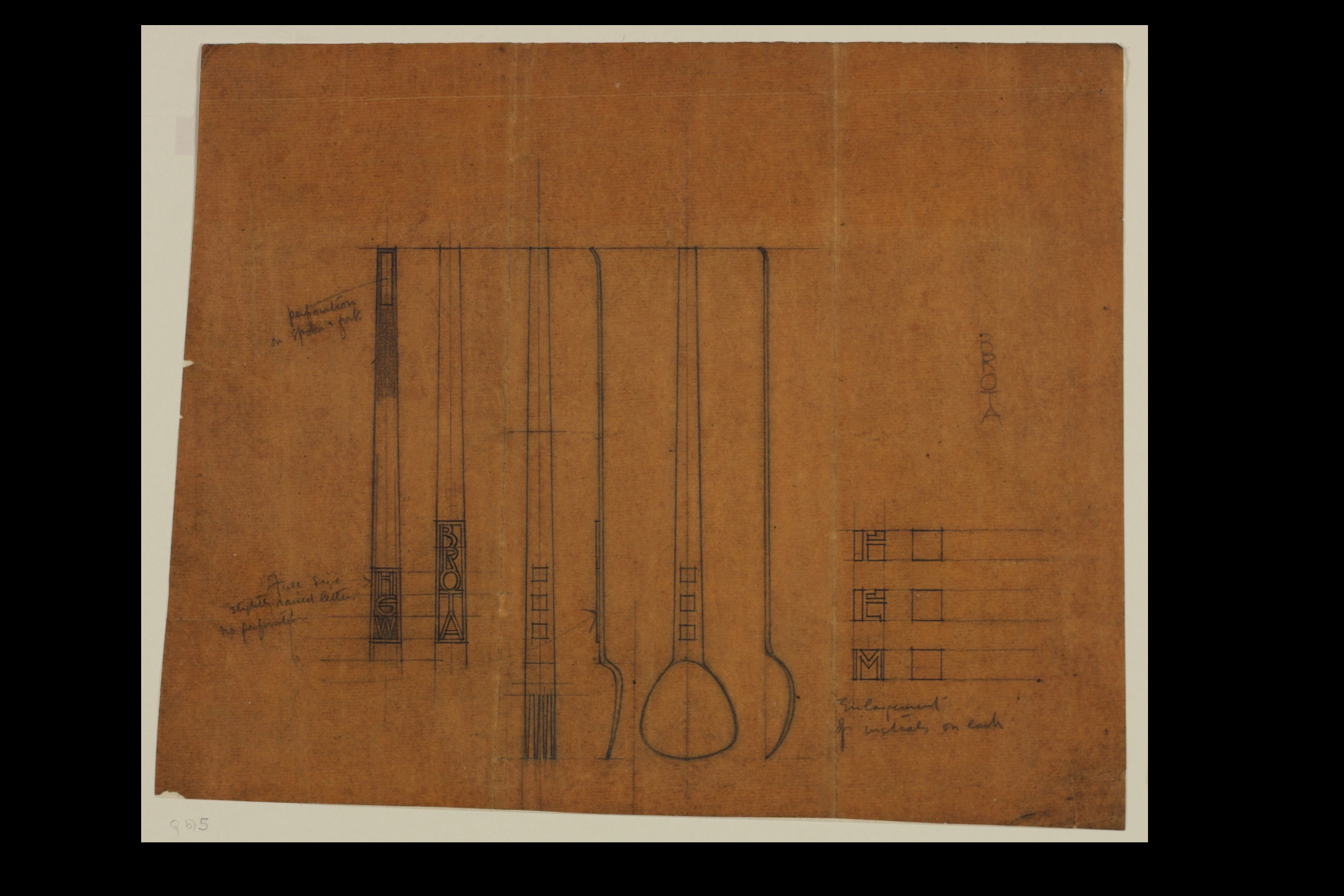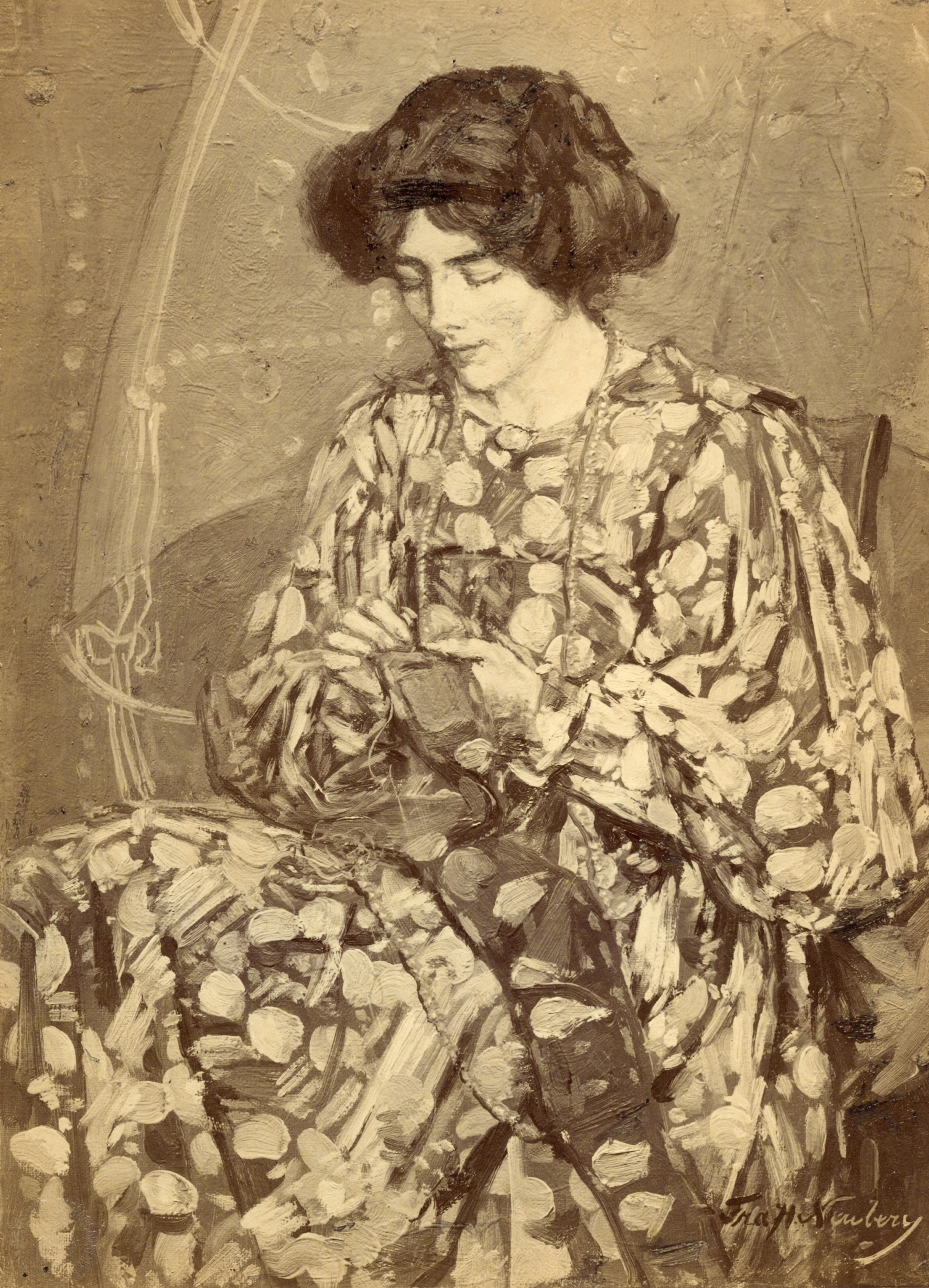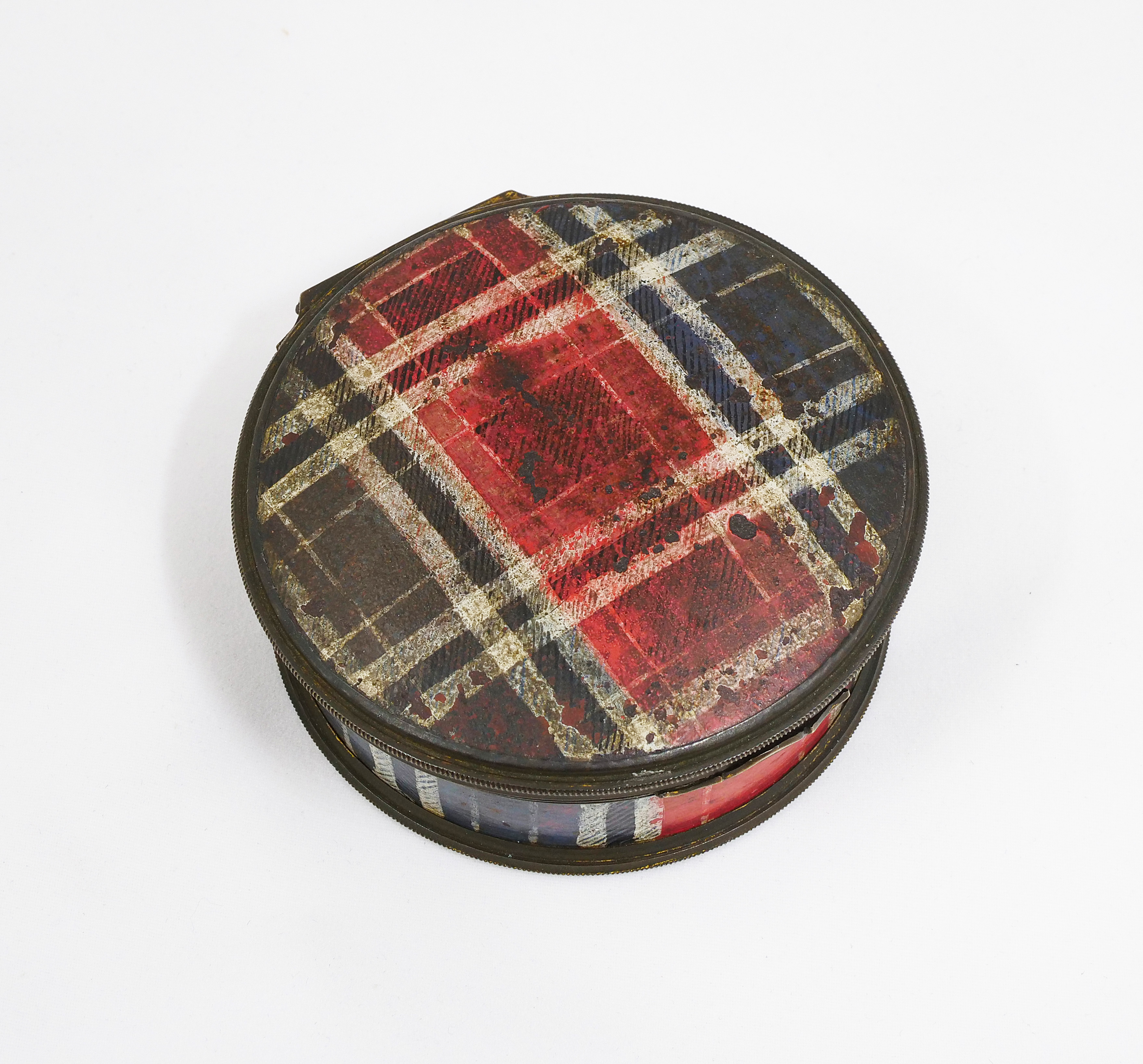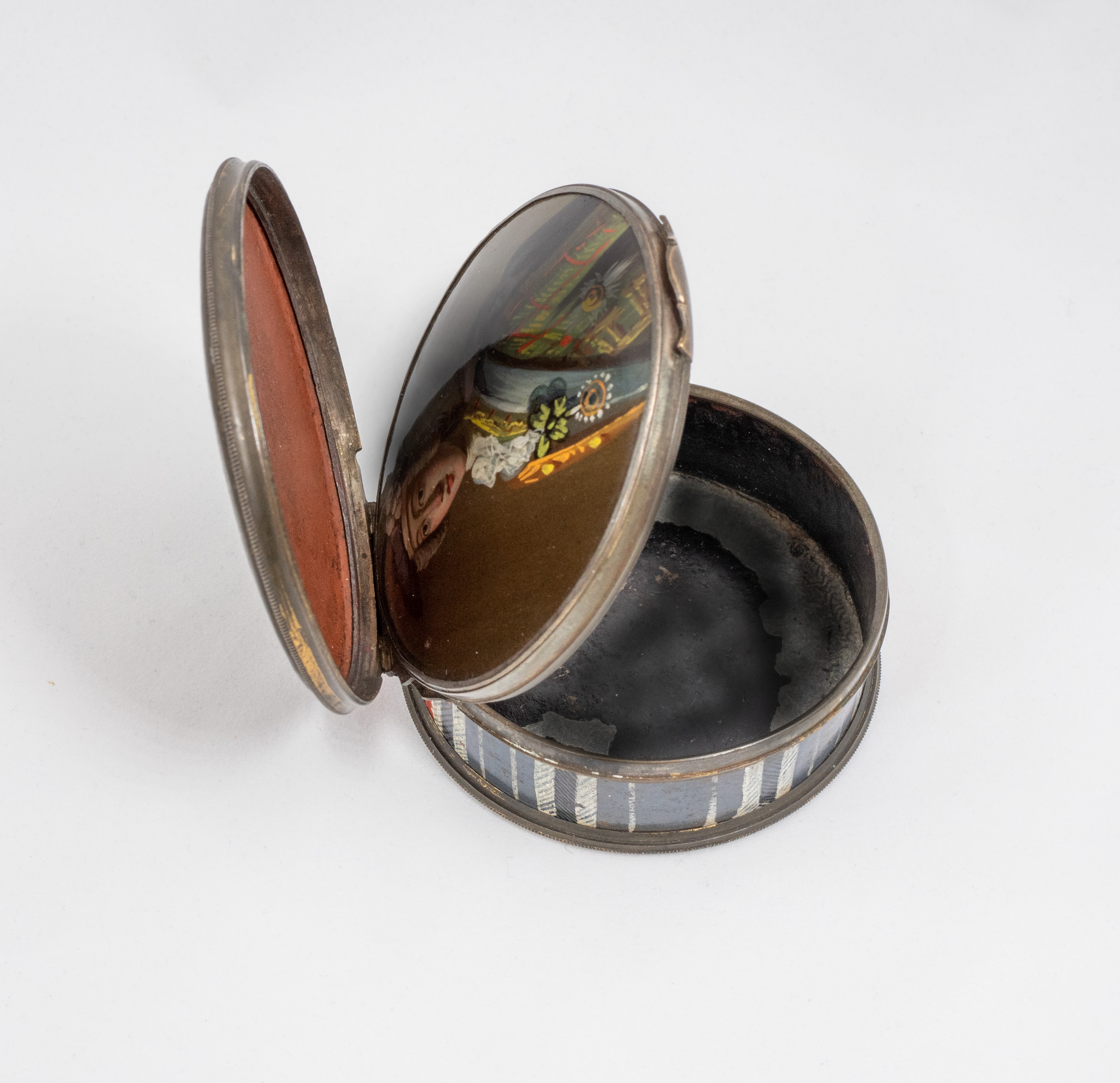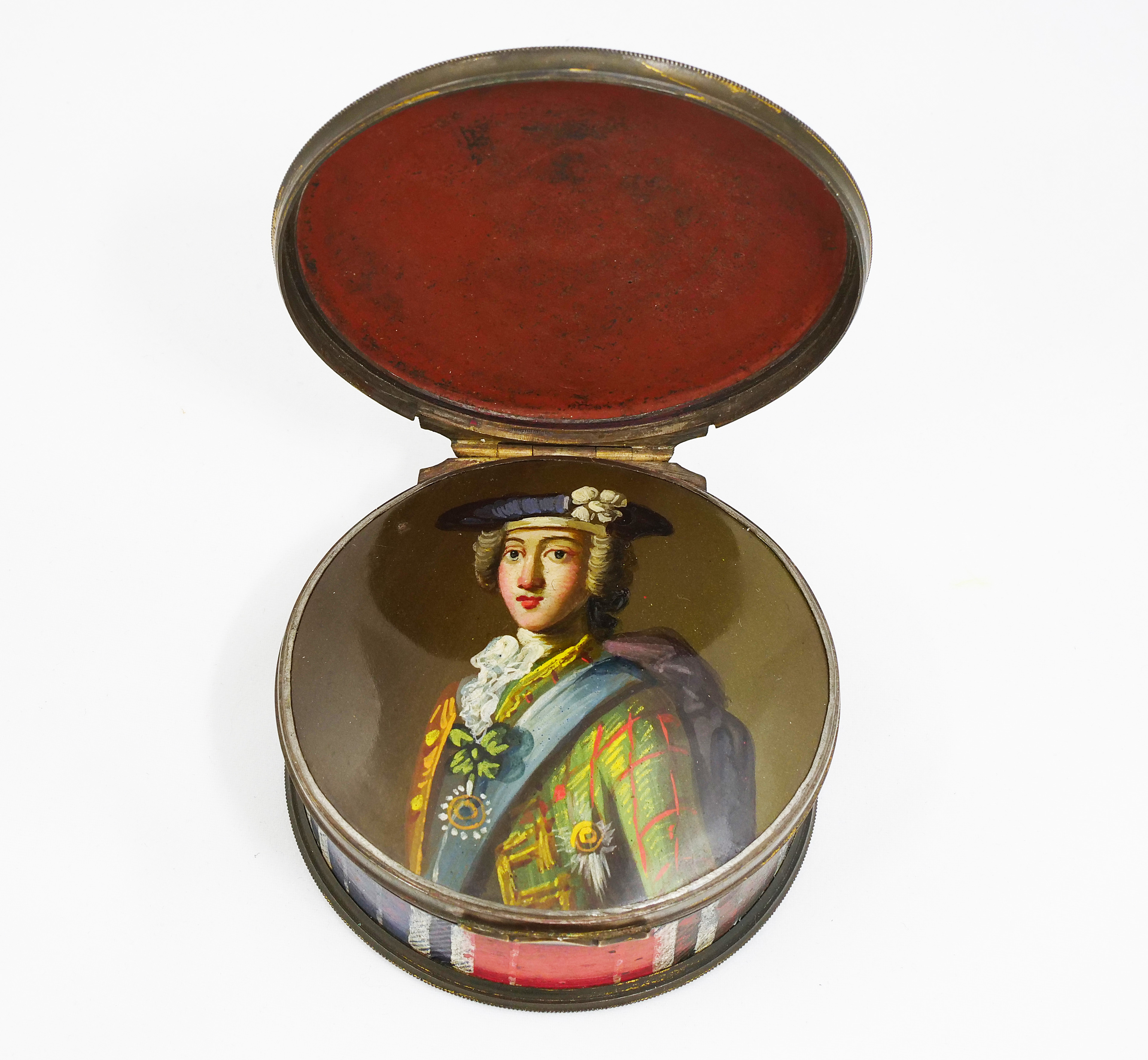Silver and enamel hunger strike medal awarded to Maud Joachim in 1909. Acquired by Glasgow Women’s Library in 2023 with a grant of £13,200 from the National Fund for Acquisitions, funded by the Scottish Government.
In September, Glasgow Women’s Library launched a public fundraising appeal to enable us to purchase a hunger strike medal awarded to suffragette Maud Joachim in 1909 by the Women’s Social and Political Union (WSPU). The medal, previously in a private collection, was up for auction at Bonhams in London on 3rd October 2023.
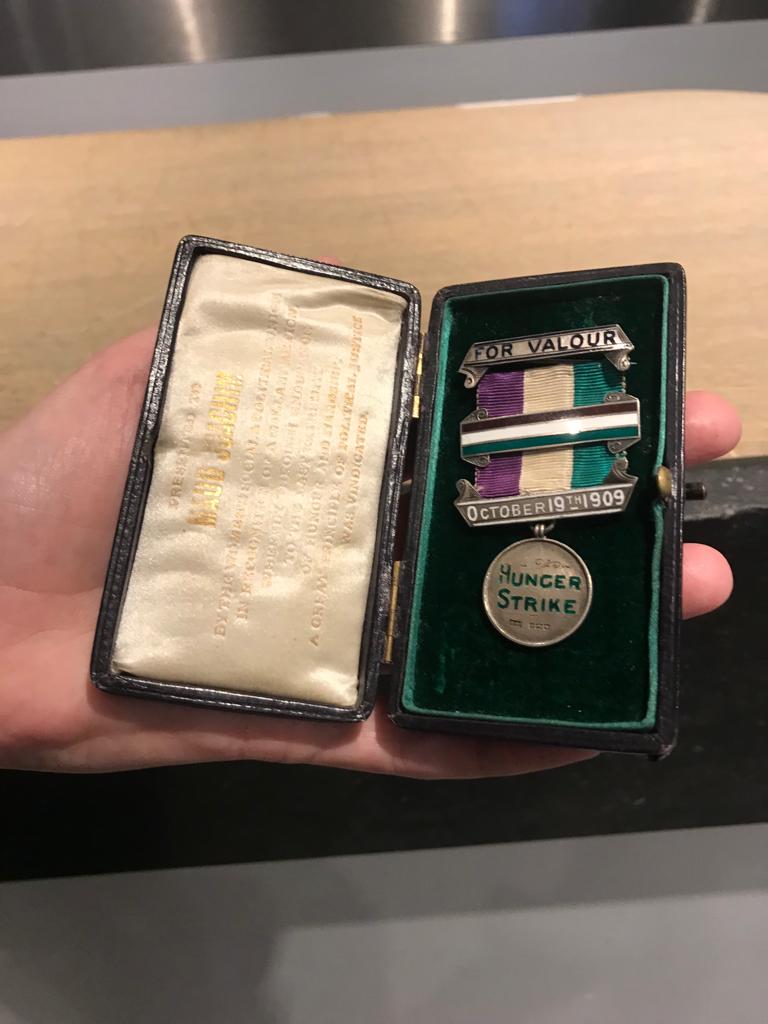
Maud Joachim was arrested, with the claim that she had, “conducted herself in a disorderly manner and committed a breach of the peace” in Dundee on 20 October 1909, along with Adela Pankhurst, Helen Archdale, Catherine Corbett and Laura Evans. They had interrupted a meeting led by Winston Churchill the day before, 19 October, by leading a crowd and shouting “This way! Votes for Women!” When interviewed later, Churchill called them “a band of silly, neurotic, hysterical women”. Maud went to prison where she was released after a four day hunger strike.
We knew that raising the money for a successful bid for Maud’s medal would be a challenge, but we did it! Media coverage in The Guardian and on BBC Radio 4’s Woman’s Hour helped, and the response was overwhelming.
Our winning bid was £32,500 and, with buyers’ premium of £9,100, the total cost was £41,600. With a grant of £13,200 secured from the National Fund for Acquisitions, we fundraised a massive £28,500, with 544 people donating. This is exceptional crowd-source fundraising, and we would like to thank everyone who donated for their generosity.
We were also thrilled to be contacted by several members of the Joachim family who lent their full support to our campaign and are delighted that Maud’s medal is now in the collection at Glasgow Women’s Library.
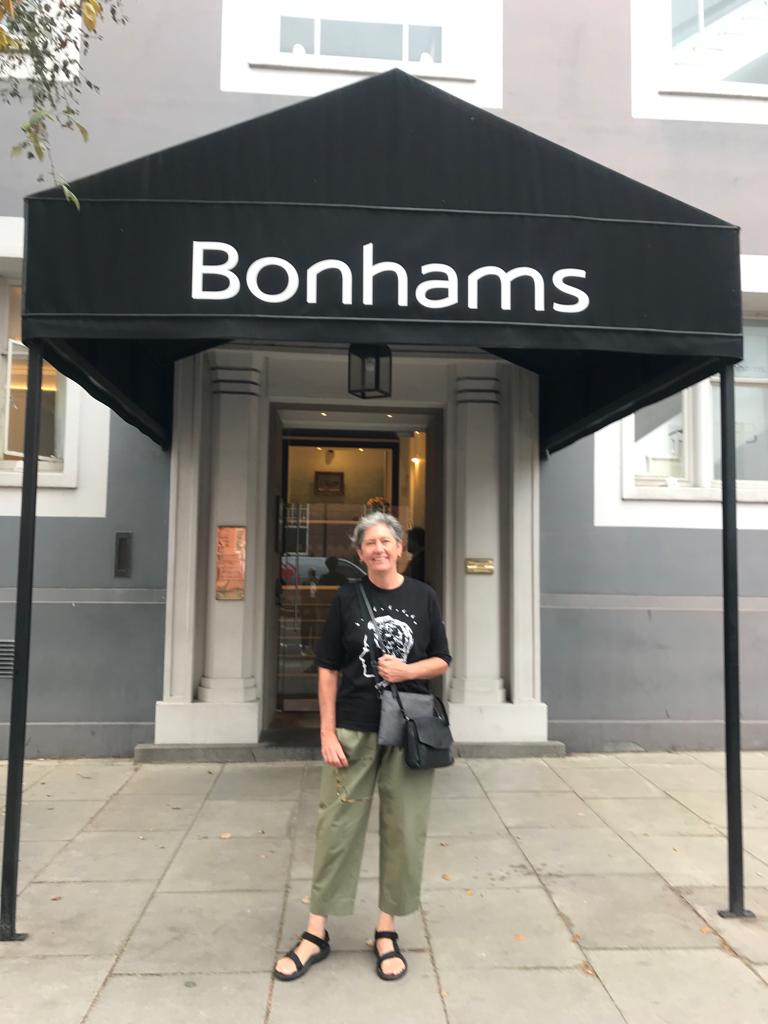
With my Co-Director Adele Patrick, we collected the medal from Bonhams on 11 October. It was a privilege to finally hold Maud’s medal – such a small and humble item, but with huge significance in suffrage history. It was an emotional moment and a reminder of the bravery of generations before us. Maud’s medal will be treasured at Glasgow Women’s Library – a symbol of resolve, hope, celebration and activism in the past, present and into the future.
We can now see the inscription on the back of the horizontal purple, white and green bar, confirming that Maud was force fed on 1 March 1912, during another period of imprisonment.
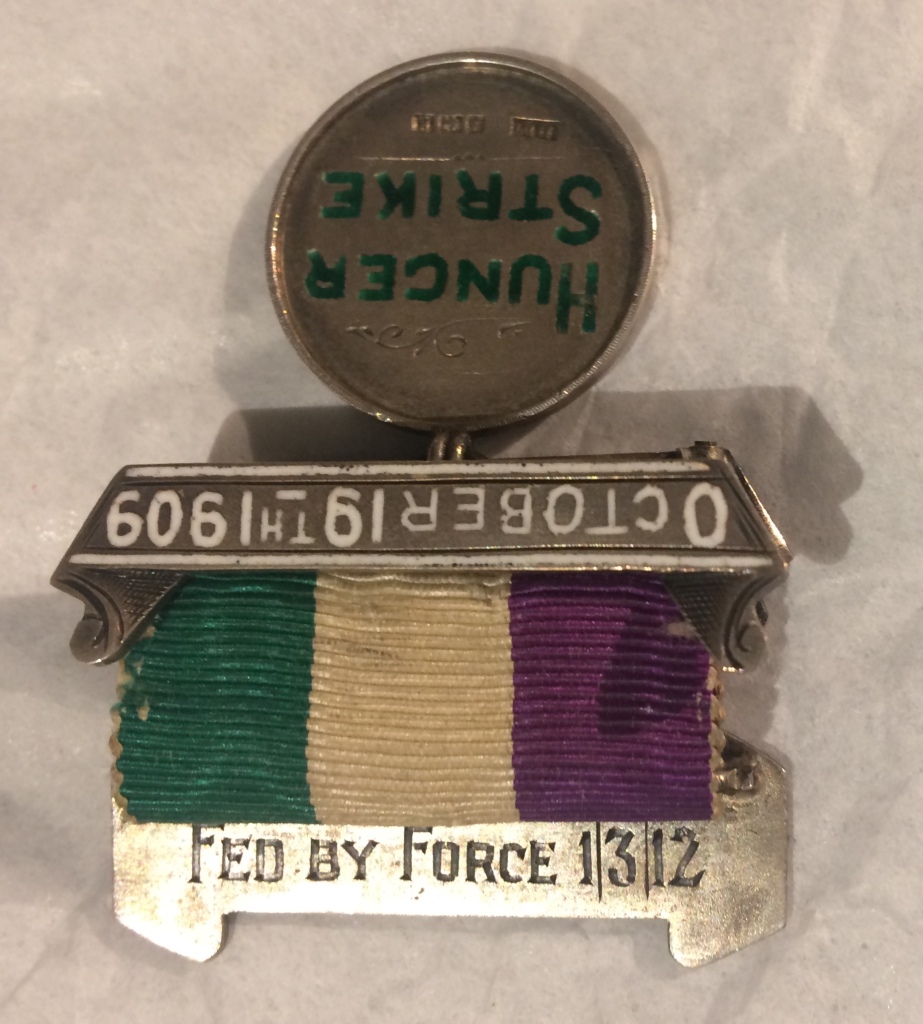
On 19 October 2023, exactly 114 years after disrupting Churchill’s meeting in Dundee, we pay tribute to Maud, and to all other courageous suffrage activists who endured violence, abuse, humiliation, intimidation and imprisonment so that women could vote.
Sue John Director of Operations, Resources and Enterprise Glasgow Women’s Library

